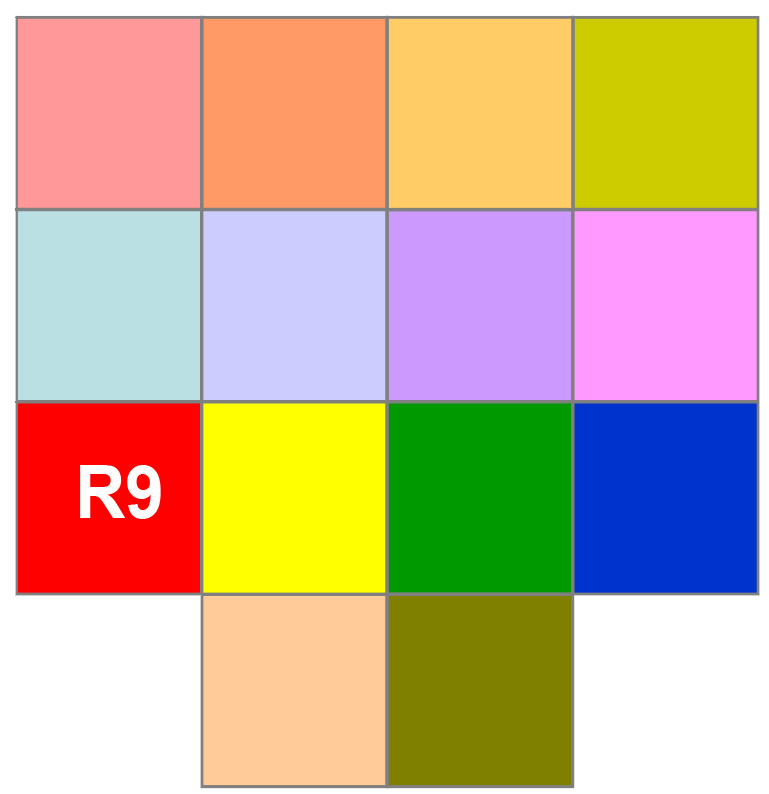Color Rendering
Color rendering, expressed as a rating from 0 to 100 on the Color Rendering Index (CRI), describes how a light source makes the color of an object appear to human eyes and how well subtle variations in color shades are revealed. The higher the CRI rating is, the better its color rendering ability.
Imagine two objects, one red, one blue, which are lighted by a cool light source with a low CRI. The red object appears muted while the blue object appears a rich blue. Now take out the lamp and put in a cool light source with a high CRI. The blue object still appears a rich blue, but the red object appears more like its true color.

A common misconception is that color temperature and color rendering both describe the same properties of the lamp. Again, color temperature describes the color appearance of the light source and the light emitted from it. Color rendering describes how well the light renders colors in objects.
However, the two metrics are interconnected: To compare the CRI ratings for any two given lamps, they must have the same color temperature for the comparison to have any meaning.
Standard incandescent lamps enjoy a CRI rating of 100. Fluorescent lamps are in the range of 52 to 95, depending on the lamp. Advances in phosphor technology have enabled fluorescent and HID lamps to advance greatly in color rendering.
A common misconception is that all fluorescent lamps are neutral or cool in color appearance and do not have very good color-rendering ability. This is largely due to the fact that historically the "cool white" fluorescent lamp was the industry standard. It has a cool cooler (4200K) and poor CRI rating (62). This is simply no longer the case.
Regarding color, a wide variety of fluorescent lamps (T12, T8, T5, etc.), using rare-earth tri-phosphor technology, offer superior color rendition (as high as 95) and a wide range of color temperature choices (from 2700K to 5000K and higher). #
